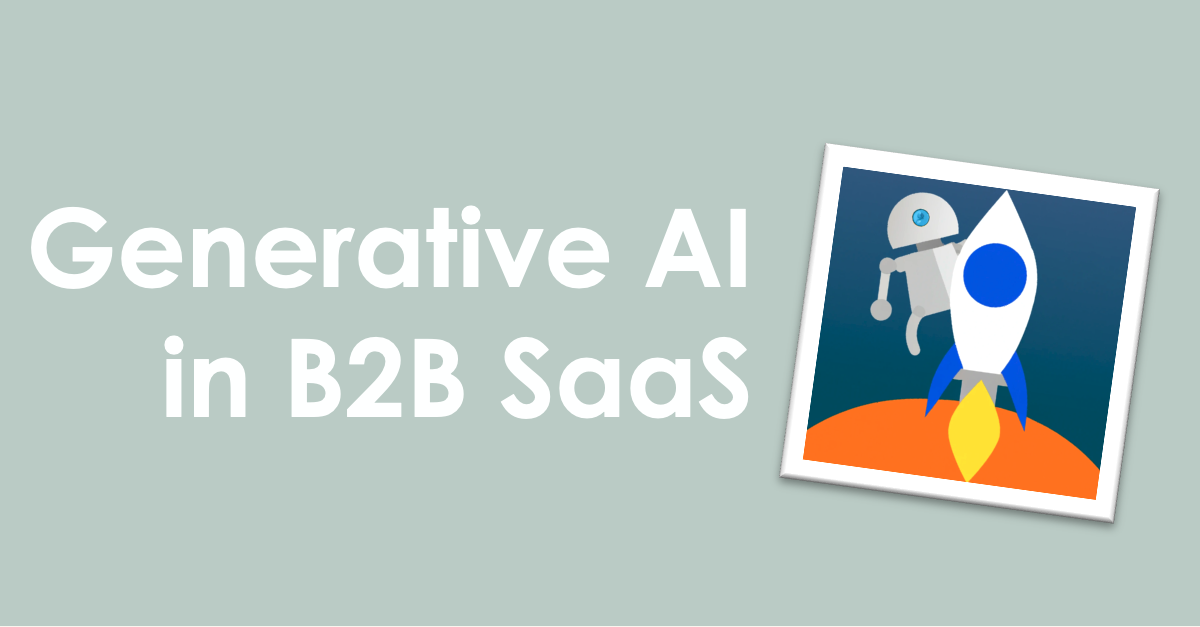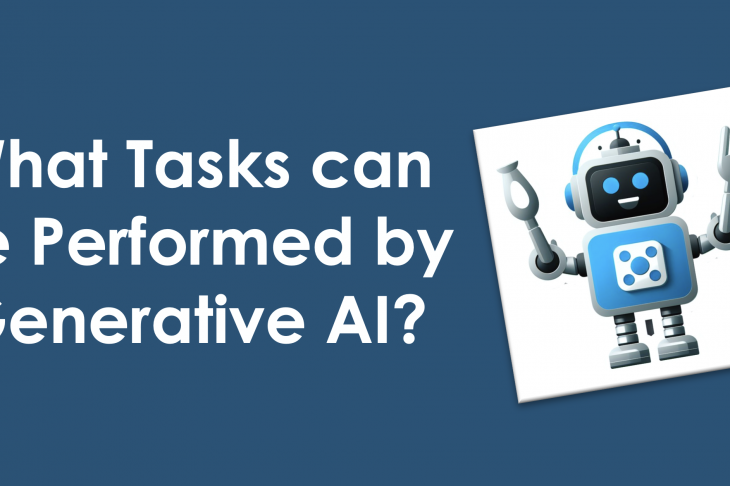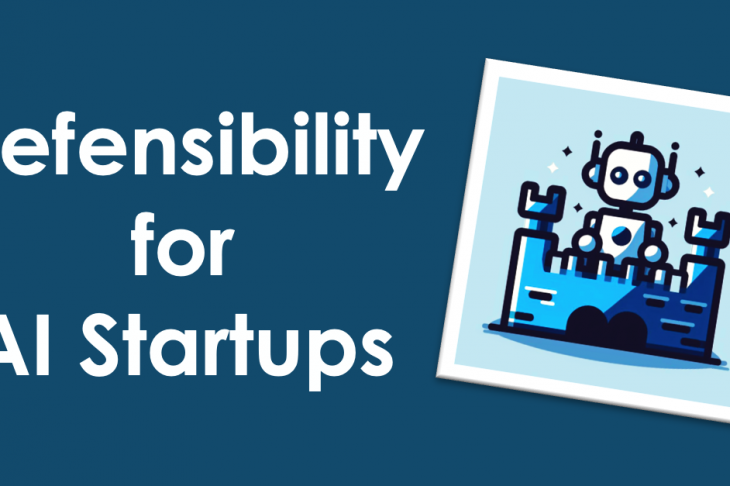
Generative AI in B2B SaaS: Focus on Your Core Workflows
Artificial intelligence took the world with storm with the launch of ChatGPT in 2022, triggering a surge in interest in this transformative technology.
Many companies suddenly realized that a major technological paradigm shift had occurred right beneath their feet, and that they needed to move fast and embrace AI technology quickly to remain relevant in the market.
In response to this wake-up call, many B2B SaaS companies have taken the approach of embedding third-party AI chatbots, typically for customer support or other inquiries, as an add-on to their B2B SaaS platforms
But I think this is a too timid response to this transformative opportunity: Customer support and chatbots are not where AI can have its greatest impact on B2B SaaS platforms.
AI is *not* an Add-on Module
Regardless of which vertical or industry a B2B SaaS operates within, its core product consists of supporting business workflows. A workflow is the way that a business generates value, irrespective of the underlying technologies used. Whether a bank employs pen and paper, desktop software, or a SaaS solution, there are certain workflows that they follow to generate value for their customers.
I am convinced that AI needs to be seamlessly integrated into each step of those workflows to optimize their performance. This means not only speeding up the workflows (maintaining the same output levels while reducing processing time) but also enhancing their output (delivering better results with the same cost and speed).
Domain Expertise is the Secret Sauce
The key to the effective use of AI in a B2B SaaS platform is to truly understand the workflows: how they work, how value is generated, and which metrics are important.
Next, map each step of the workflow and examine how AI can enhance or accelerate it. This requires considering the full spectrum of AI capabilities — from text generation and translations to sentiment analysis, text categorization, and summarization.
As an example, consider a scenario where a new insurance claim is reported. AI can analyze the details provided and suggest the type of claim — car theft, lost luggage, or something else — to the claims handler, saving them time and effort in classifying the claim. Additionally, AI can summarize the claims report and suggest an appropriate response to the customer, ensuring prompt and efficient communication. Sentiment analysis can also be employed to evaluate the tone of follow-up messages in the conversation, providing valuable insights for handling customer interactions effectively. This seamless integration of AI can significantly enhance the productivity of claims handlers without compromising human expertise.
AI… Just Another Tool in the Tech Stack
The current perception of AI resembles the early days of the internet in the 1990s. AI is often viewed as a standalone entity, an add-on feature rather than an integral part of the overall application. This approach treats AI as an innovative novelty rather than a fundamental component of the platform’s functionality.
AI should not be considered an isolated feature or module but rather a fundamental tool in our tech stack, designed to excel at specific tasks, much like databases for data storage, email services for user communication, and analytics for tracking product usage. In essence, AI is not a standalone add-on but just another tool that we use to create value for our users.
New Technology, New Problems
Just as the adoption of web technologies brought forth new challenges, such as remote services becoming unavailable due to network outages, which were absent in standalone desktop applications, AI also introduces its own unique set of issues that were previously nonexistent. These include addressing emerging compliance and security concerns, tackling operational challenges like hallucinations, and incurring additional costs.
To conclude, I firmly believe that AI should be considered primarily as a powerful tool to optimize core workflows, the areas where true value is created. Instead of merely adding chatbots as standalone features to handle support inquiries or other non-core tasks, we must fully integrate AI into the core of our platforms to unleash its transformative power.

